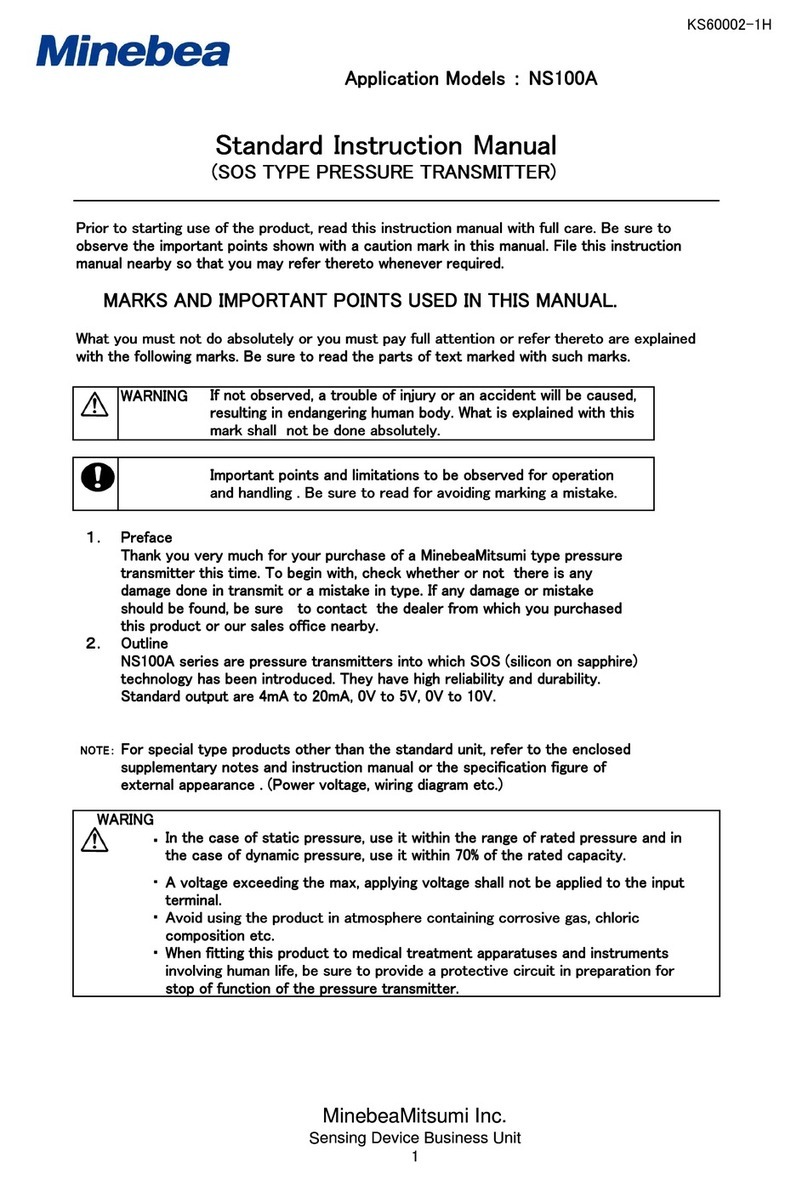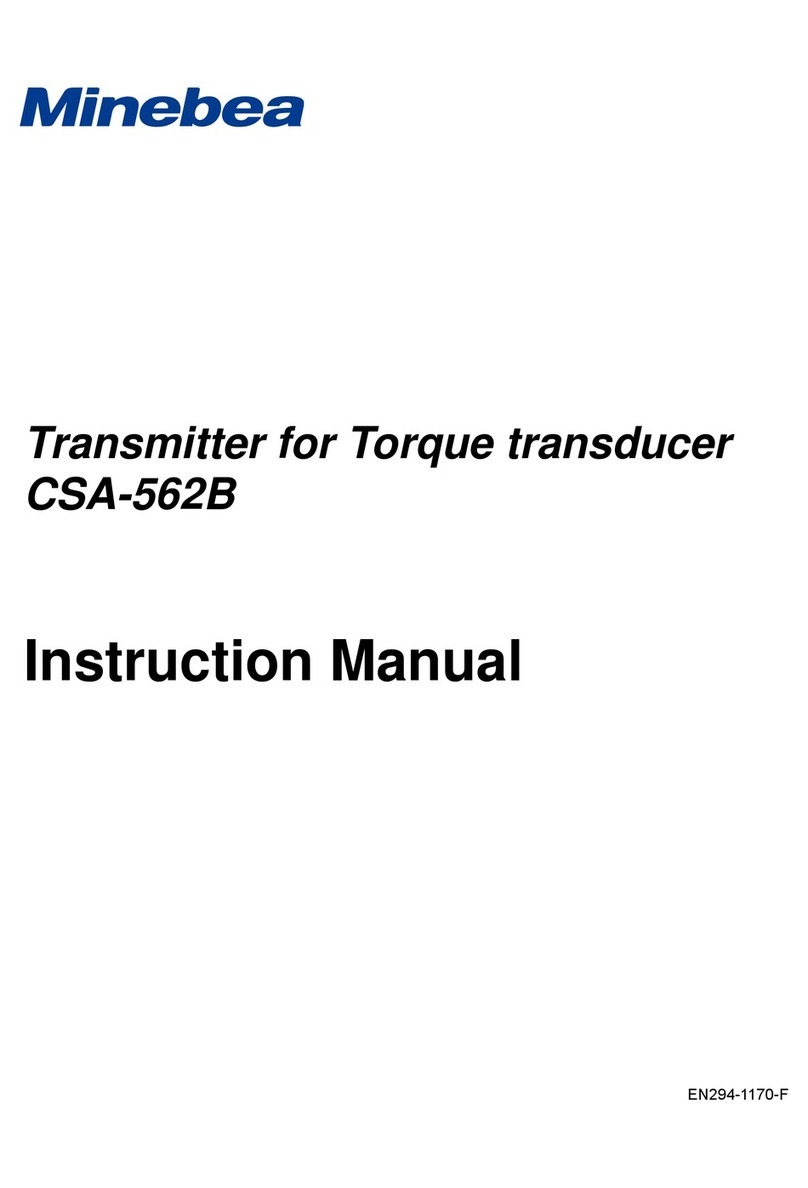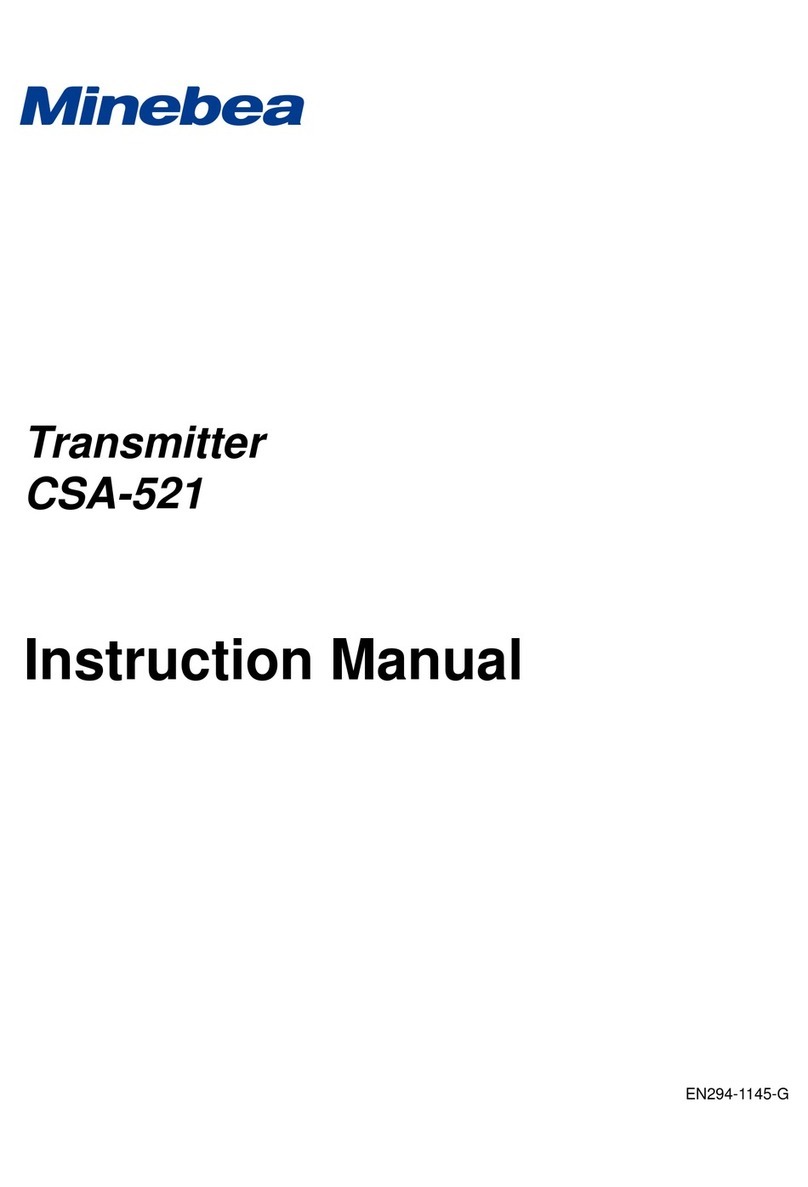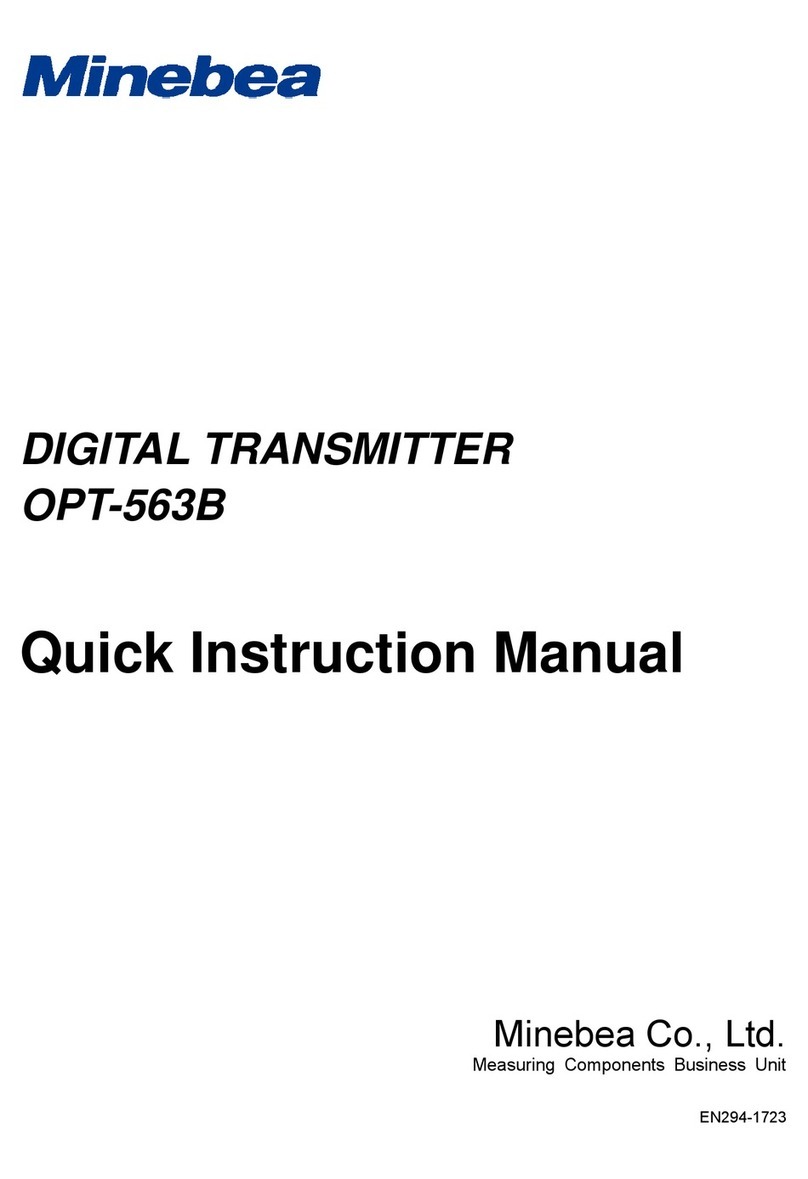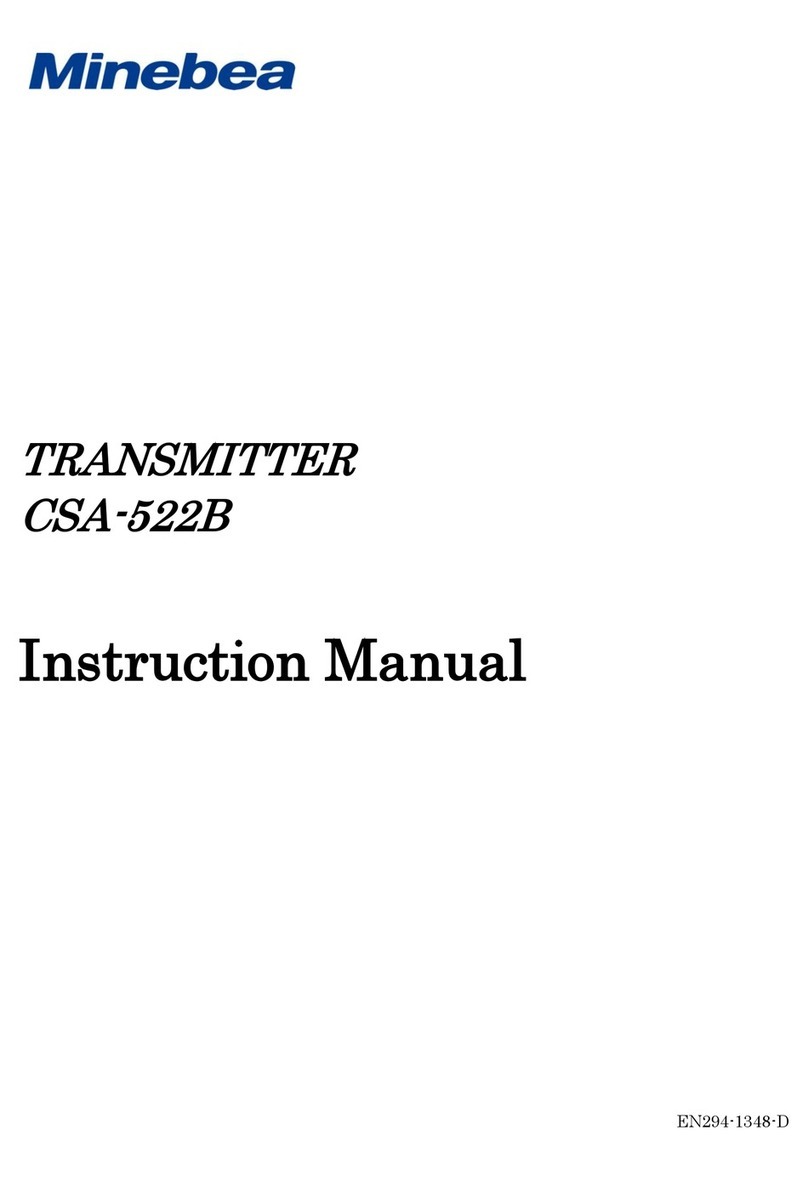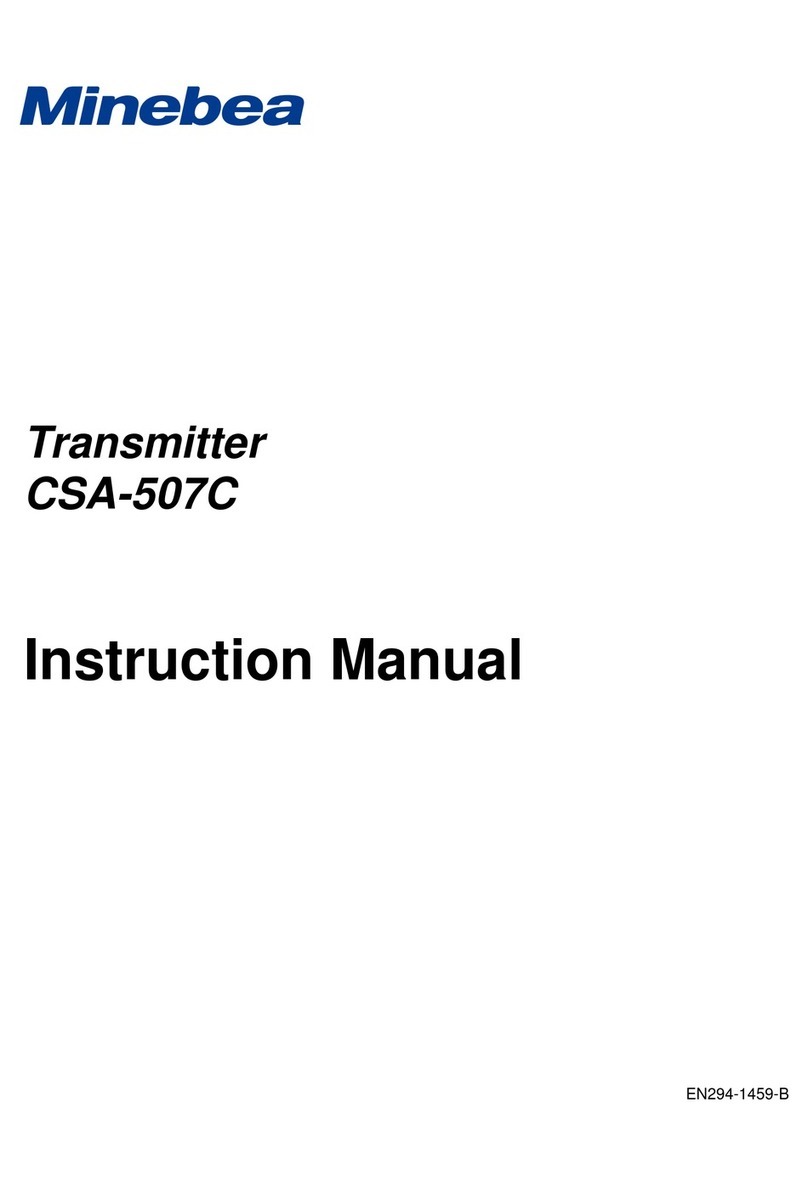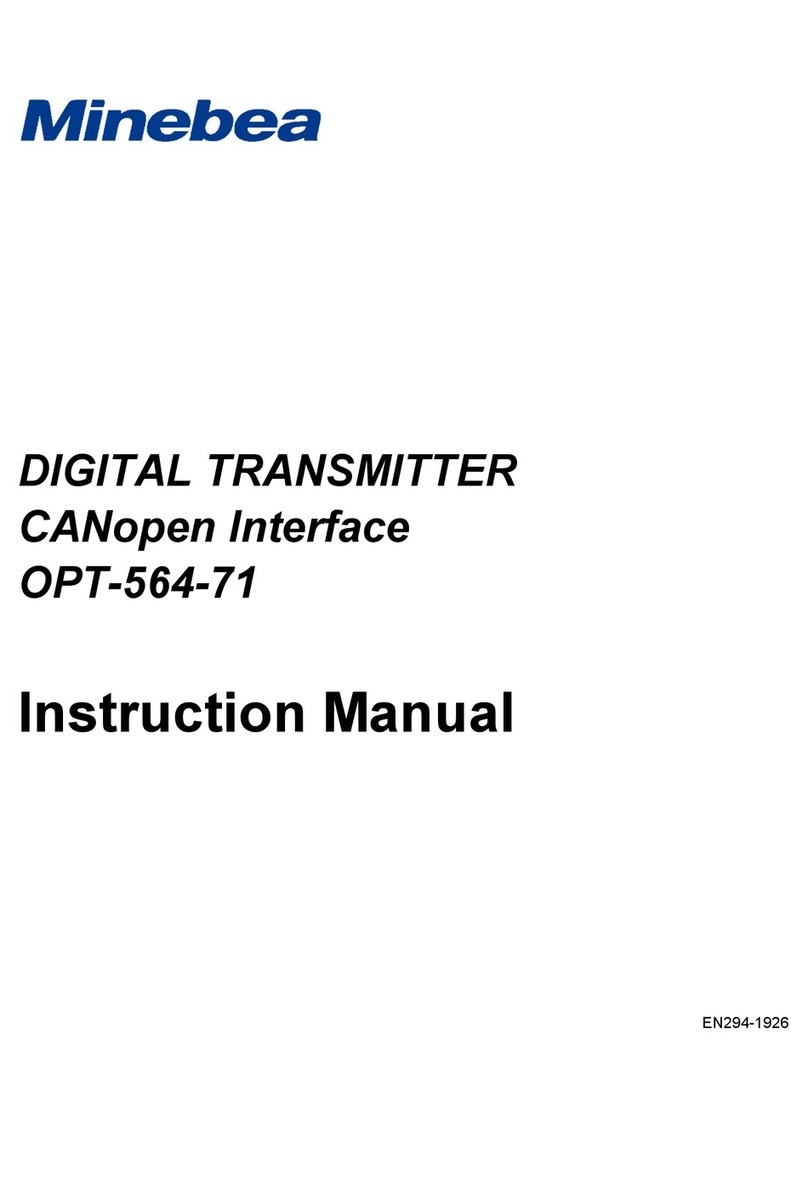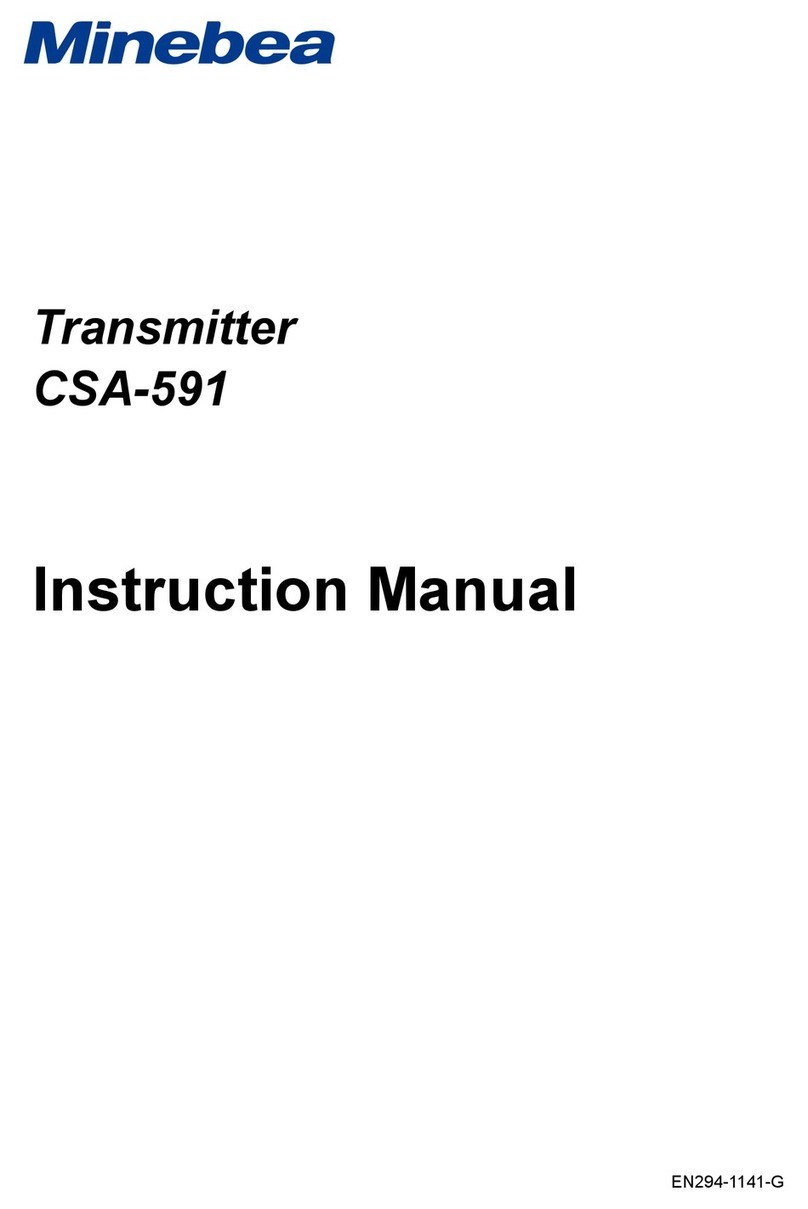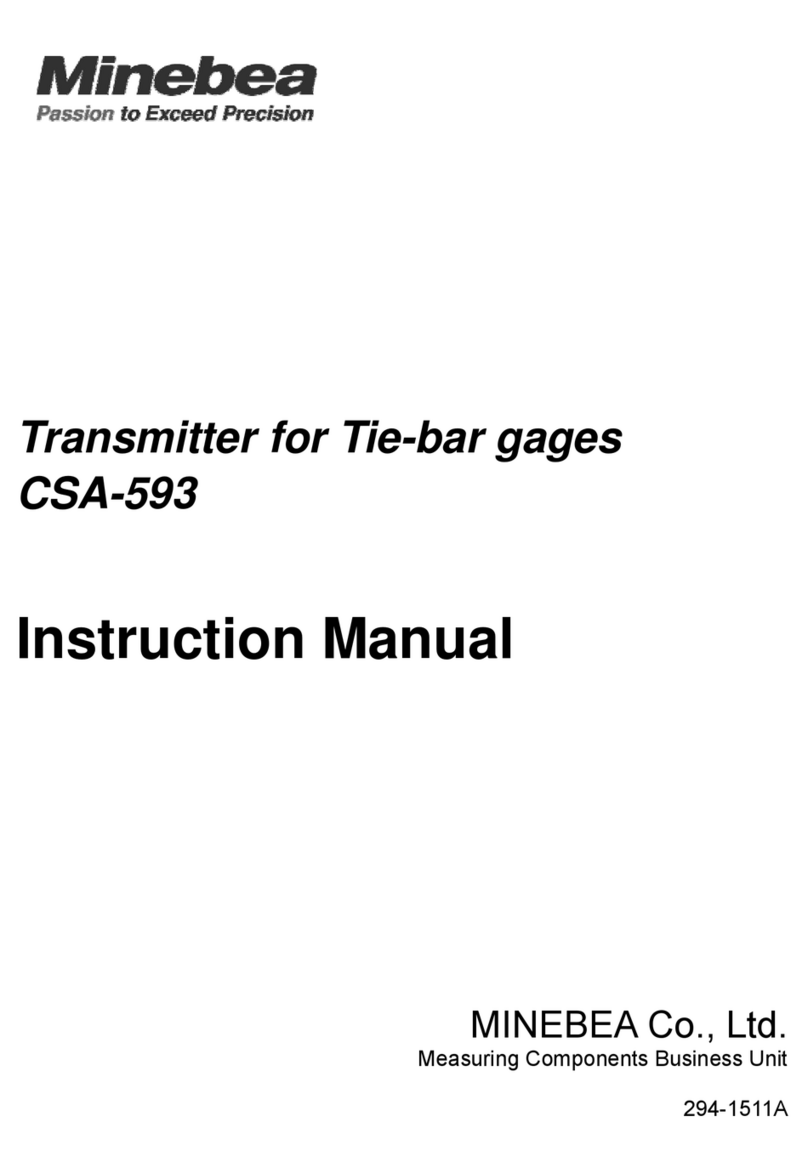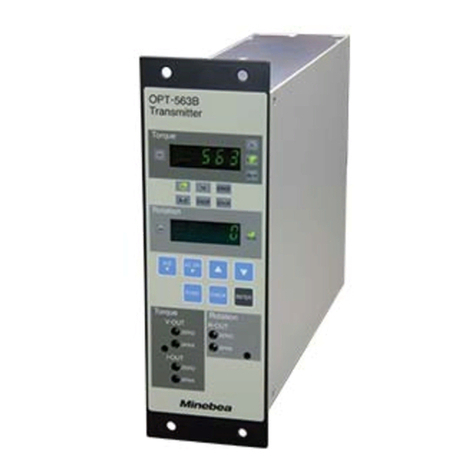
II
Index
FORWARD .......................................................................................................................................................................................................... I
MARKS AND ARRANGEMENTS USED IN THIS MANUAL ............................................................................................. I
FOR SAFE OPERATION .......................................................................................................................................................................... I I
1. INSTRATION PLACE .................................................................................................................................................................................... II
2. POWER SUPPLY ........................................................................................................................................................................................ IV
3. APPLICATION NOTE ................................................................................................................................................................................ IV
HISTORY OF REVISION ......................................................................................................................................................................... V
1. EACH FUNCTION AND NAME............................................................................................................................................... 1
2. CONNECTING METHOD ............................................................................................................................................................ 3
2-1. LAYOUT OF THE TERMINAL BOARDS ........................................................................................................................................ 3
2-2. NOTE ON CONNECTION.................................................................................................................................................................... 3
2-3. CONNECTION ........................................................................................................................................................................................ 4
3. CALIBRATION .................................................................................................................................................................................... 8
3-1. CALIBRATION METHOD .................................................................................................................................................................... 8
3-2. CLIBRATION PROCEDURES ............................................................................................................................................................. 9
3-3. ZERO ADJUSTMENT BY MOUNTING RESISTANCE ............................................................................................................ 11
4. TROUBLE SHOOTING .............................................................................................................................................................. 14
5. SPECIFICATIONS ......................................................................................................................................................................... 20
5-1. SPECIFICATIONS .............................................................................................................................................................................. 20
5-2. GENERAL SPECIFICATIONS ......................................................................................................................................................... 20
5-3. STANDARD SPECIFICATION AT THE TIME OF SHIPMENT ............................................................................................. 20
5-4. ACCESSORIES .................................................................................................................................................................................. 20
6. WARRANTY ..................................................................................................................................................................................... 21
6-1. WARRANTY ....................................................................................................................................................................................... 21
6-2. REPAIR ................................................................................................................................................................................................. 21
